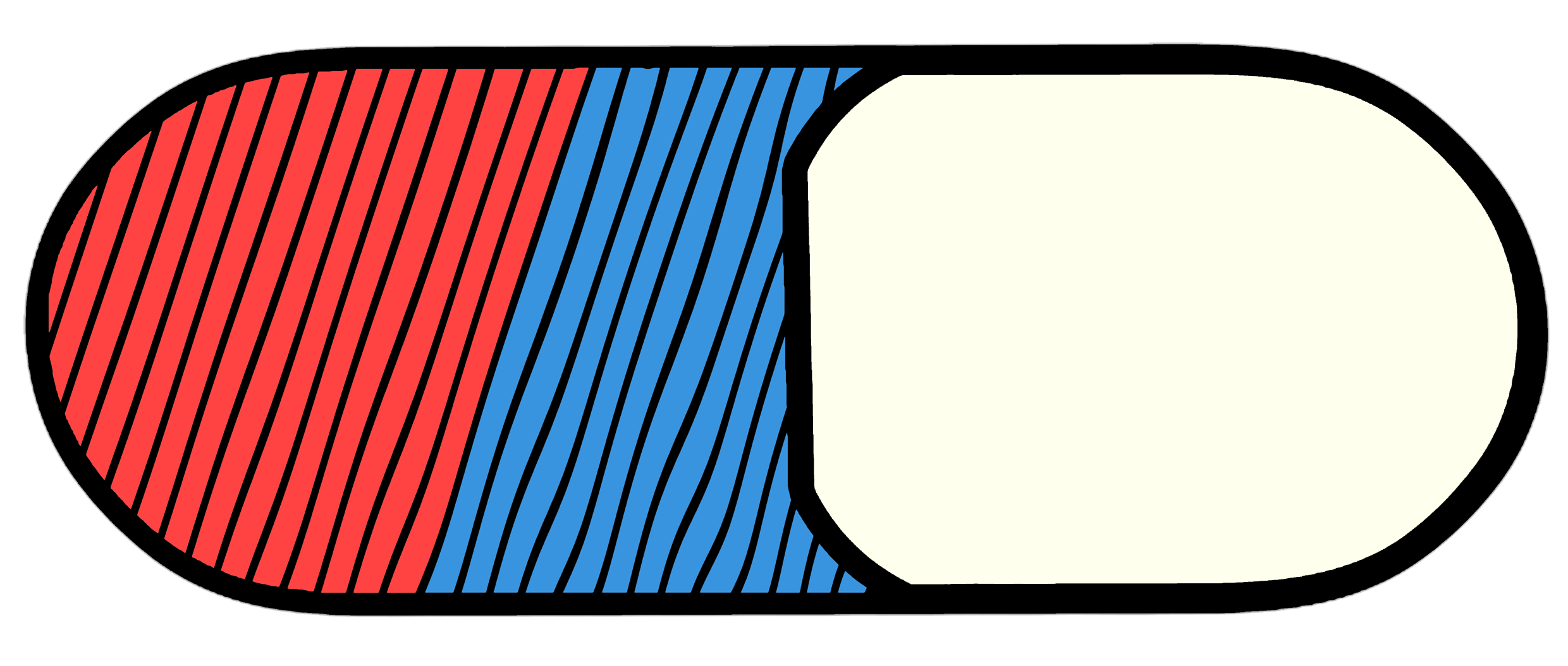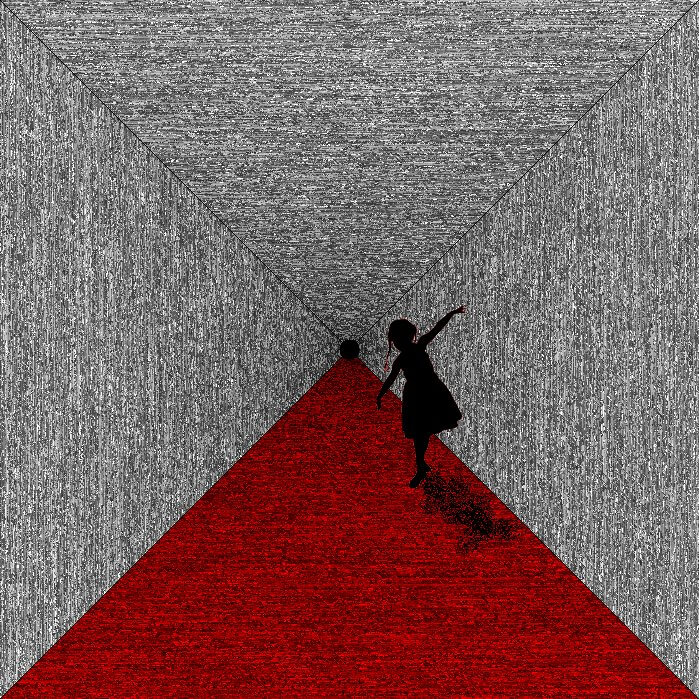
A Girl in the Tunnel
Article
Debanuj Chatterjee

Mathematics is full of mysteries. One of my favorite mathematical mysteries is related to the natural numbers. It is the Collatz conjecture. It states that if you start from any natural number (say n), and apply an iteration C(n) (where C(n) is n/2 if n is even and 3n+1 if n is odd) on that number repeatedly, then you will eventually end up at 1. For example if we start from 3, C(3) is 10 as 3 is odd. From 10 we go to 5 as 10 is even. Then from 5 to 16, from 16 to 8, 8 to 4, 4 to 2 and 2 to 1. The conjecture states that we will reach 1 after a finite number of iterations for any arbitrary starting number.
An interesting aspect of this conjecture is its elusive nature.On the surface, the simple statement of the conjecture makes it look easy to prove, but the deeper one digs, the more they realize how difficult this problem is. Thus the Collatz conjecture remains as an open problem to this day.
I came across this conjecture for the first time as an undergrad student. As expected, I tried proving it and failed. As I grew up, I tried to explore newer approaches to look at the problem. One such approach was aimed at understanding the nature of the Collatz map by looking at its visual characteristics. While playing around with this process I was astonished to find out the incredible beauty hidden within the structures of this iteration. As a result I got inspired to create artworks from it. It was a happy marriage of the adventure of mathematics and the contentment of art!
My first published artwork, A Mathematical Fertilization, displayed at the Bridges Mathematical Art Conference 2018, was based on the Collatz map . The root idea behind this artwork was an exploration of unknown territories of mathematics. Proceeding in the same direction, in this article, I will discuss another artwork based on the Collatz map. This artwork is named, A Girl in the Tunnel. (See cover)
In this artwork, we see a very long tunnel. A young girl is walking slowly and carefully through it. She wants to reach the end of the tunnel, but she cannot see the end. Yet she walks on, with hope to reach the end. It is a metaphor, to relate the deep mysteries of mathematics hidden at the end of the tunnel with the philosophy of understanding it through moving forward. All the walls of the tunnel were generated utilizing the Collatz map; thus the tunnel itself is a representative of a fuzzy area of mathematics yet to be trodden by human intelligence.

Fig. 1 : Example of a spiral number line on a square matrix.
The steps involved in making this artwork were as follows :
1. A spiral number line was generated where the central element was 1, and all the other natural numbers were placed one after another on the spiral. Since we are dealing with images or matrices, I used a square spiral. (see figure 1)
2. For each natural number on the spiral, the collatz map was applied iteratively and the number of iterations it took to reach 1 was counted (also called the stopping time of that number).
3. A new image was generated from the spiral matrix where the intensity of each pixel was proportional to the stopping time of the number at that pixel position.
4. The lower quadrant of the image was colored red and a silhouette of a young girl with her shadow was added to introduce a depth effect to the image.
A notable feature of this artwork is the texture of the walls. It is not completely random, yet it has some sense of disorder in it. On one hand it makes the image softer for the eye to perceive, but on the other, it raises the question : What is the origin of this chalk-like texture?
Let us keep wondering till we reach the end of the tunnel. Bon courage!
Debanuj Chatterjee obtained his masters in Physics from IISER Kolkata in 2017. Currently he is a PhD student at the department of Physics in ENS Paris-Saclay. He is working on nonlinear optics and parametric amplification for applications in microwave photonics. He is also interested in using science and mathematics to produce generative art.